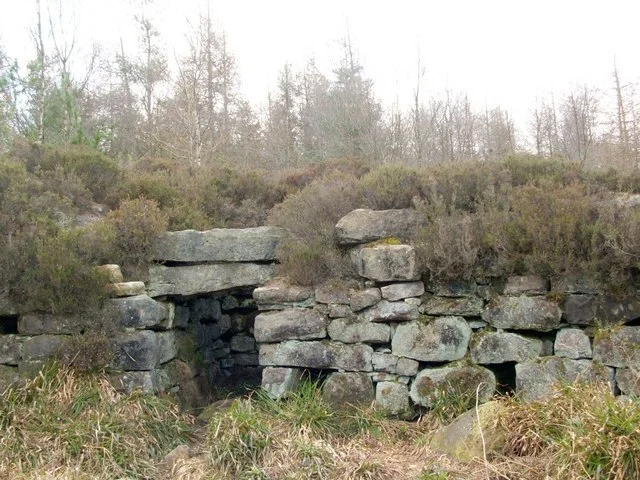Tappoch Broch, also known as the Torwood Broch, stands as a significant Iron Age structure in central Scotland. This well-preserved site offers valuable insight into the architectural style and cultural practices of the ancient inhabitants of Scotland. Situated in the woodland area of Torwood, the broch provides archaeologists with crucial evidence of the ancient people who built and used these structures between the 1st century BC and the 1st century AD.
Get your dose of History via Email
Overview of Brochs
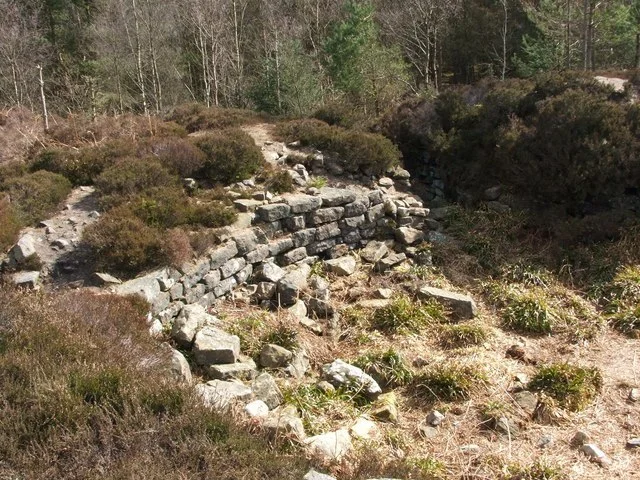
Brochs are unique, drystone roundhouses built during the Iron Age, primarily across northern Scotland. These structures are characterized by their double-walled construction, which provided stability and insulation. Tappoch Broch belongs to this group, representing the advanced engineering skills of the time. Brochs served not only as residences but also possibly as defensive strongholds, highlighting the social and military aspects of Iron Age life in Scotland.
Architectural Features of Tappoch Broch
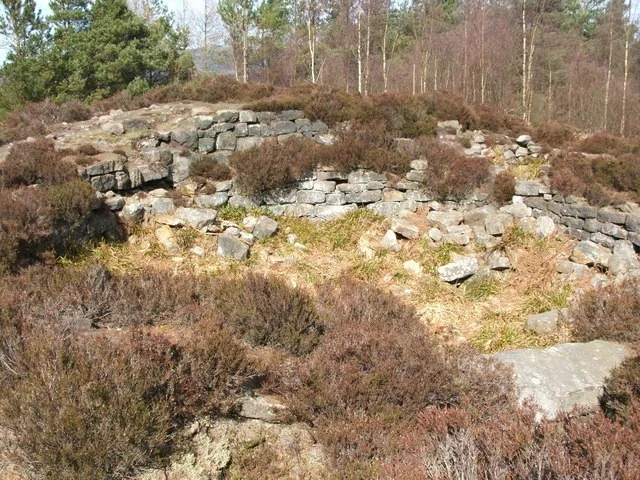
The architectural design of Tappoch Broch is typical of broch construction techniques. Its thick walls, made of locally sourced stones, contain a hollow space or gallery between two concentric walls. This design allowed builders to create a taller, more stable structure with limited resources.
The broch’s entrance passage remains intact, featuring evidence of a door check and bar holes, indicating it was once secured with a wooden door. This entrance design suggests that security was a consideration for the builders, possibly due to intertribal conflicts or threats from other communities. Remnants of internal staircases indicate that the broch may have had multiple levels, used for storage or additional living space.
Excavations and Discoveries
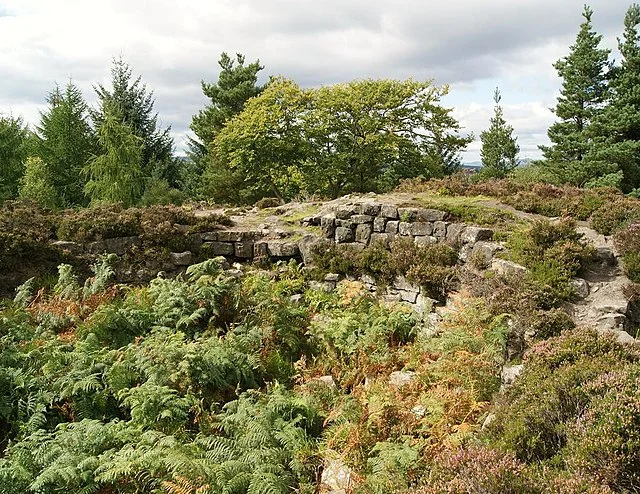
Limited archaeological excavations at Tappoch Broch have revealed important details about its use and the daily lives of its inhabitants. Excavations conducted in the 19th and 20th centuries found pottery fragments, animal bones, and other domestic artifacts. These findings suggest that the broch was continuously occupied, supporting both residential and agricultural activities. Animal remains, such as those of cattle and sheep, indicate a pastoral lifestyle among the broch’s occupants.
Purpose and Function
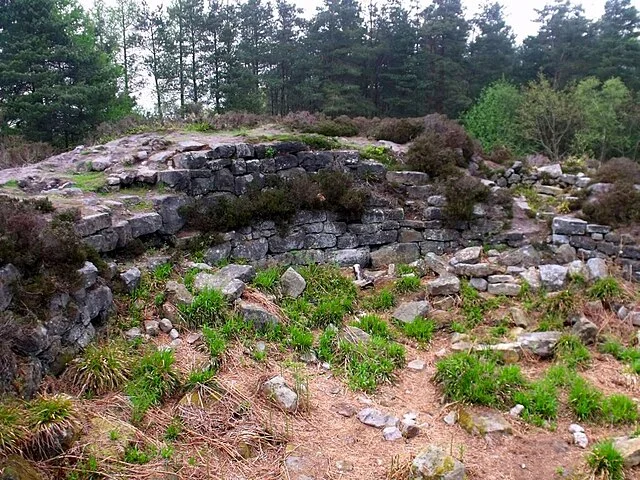
While Tappoch Broch was primarily residential, its robust construction hints at a defensive role. The thick walls and narrow entrance suggest that the broch could have withstood attacks, offering a safe haven in times of conflict. Additionally, its elevated position would have provided visibility over the surrounding area, giving inhabitants a strategic advantage.
Some historians argue that brochs like Tappoch may have served as status symbols for local chieftains. Their large, complex structures would have required significant labor and resources, indicating a level of social organization and wealth among the Iron Age communities of Scotland.
Tappoch Broch in Scottish Heritage
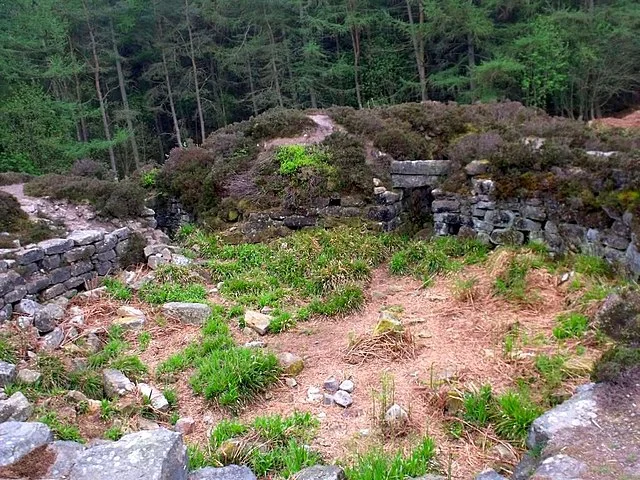
Today, Tappoch Broch stands as an important part of Scotland’s Iron Age heritage. It attracts archaeologists, historians, and visitors interested in Scotland’s ancient past. Conservation efforts have been essential in preserving the broch, allowing future generations to study its structure and history.
As one of the few remaining brochs in central Scotland, Tappoch Broch offers unique insights into Iron Age society. It demonstrates the technical skill, resourcefulness, and social structure of ancient Scottish communities, making it a vital site for understanding the region’s early history.
Conclusion
Tappoch Broch exemplifies the ingenuity of Iron Age builders in Scotland. Its well-planned architecture, possible defensive features, and the artifacts found there reveal much about the lives and social structures of the people who built and inhabited it. Today, Tappoch Broch remains a key site in Scottish archaeological research, preserving the legacy of Iron Age Scotland.
Source:

